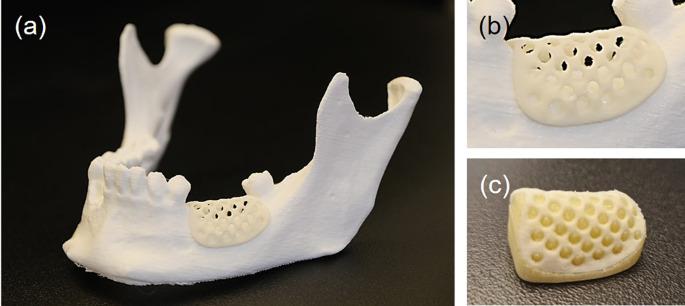

Zaara Travadi
Class of 2027Jakarta, Ja
About
Hello my name is Zaara!Projects
- How can 3D-printed chitosan-based scaffolds be optimised to improve mechanical strength and degradation rates? with mentor Andrew (July 17, 2024)
Zaara's Symposium Presentation
Project Portfolio
How can 3D-printed chitosan-based scaffolds be optimised to improve mechanical strength and degradation rates?
Started Jan. 19, 2024

Abstract or project description
Current jaw reconstruction methods using autografts and allografts have limitations such as donor site morbidity, limited bone volume, and immunological rejection. As opposed to surgical methods synthetic biomaterials are used however they often fall short in providing the optimal combination of biocompatibility, mechanical strength, and customizable design required for effective jawbone reconstruction. 3D-printed chitosan scaffolds offer a promising alternative due to their biocompatibility, ease of customization, and potential for improved mechanical strength. This review explores strategies to optimize 3D-printed chitosan scaffolds for jaw reconstruction.We examine ways to increase their mechanical strength without compromising biocompatibility, with a particular emphasis on chemical modifications such as hydroxyapatite (HA) and beta-tricalcium phosphate (β-TCP) cross-linking and chitosan polyelectrolyte complex formation. We also discuss the critical roles that 3D printing processes (FDM and SLA) and intrinsic chitosan qualities (degree of deacetylation) play in making an ink printable. Optimizing 3D printing methods for chitosan-ceramic composites and exploring biocompatible additives to enhance printability are identified as key areas for further research. By addressing these challenges, 3D-printed chitosan scaffolds have the potential to become next-generation biomaterials for jaw reconstruction, revolutionizing the field through precise anatomical adaptation, enhanced osteoconductivity, controlled biodegradation, and the capacity for incorporating bioactive molecules, ultimately leading to accelerated bone regeneration and improved functional and aesthetic outcomes.